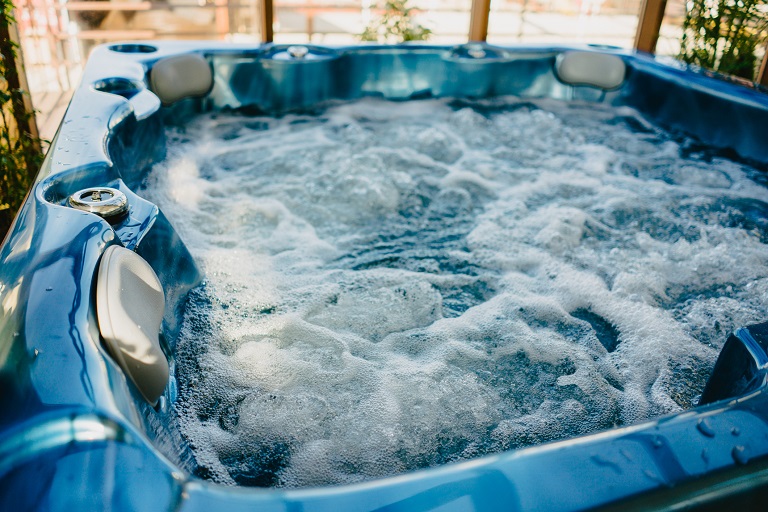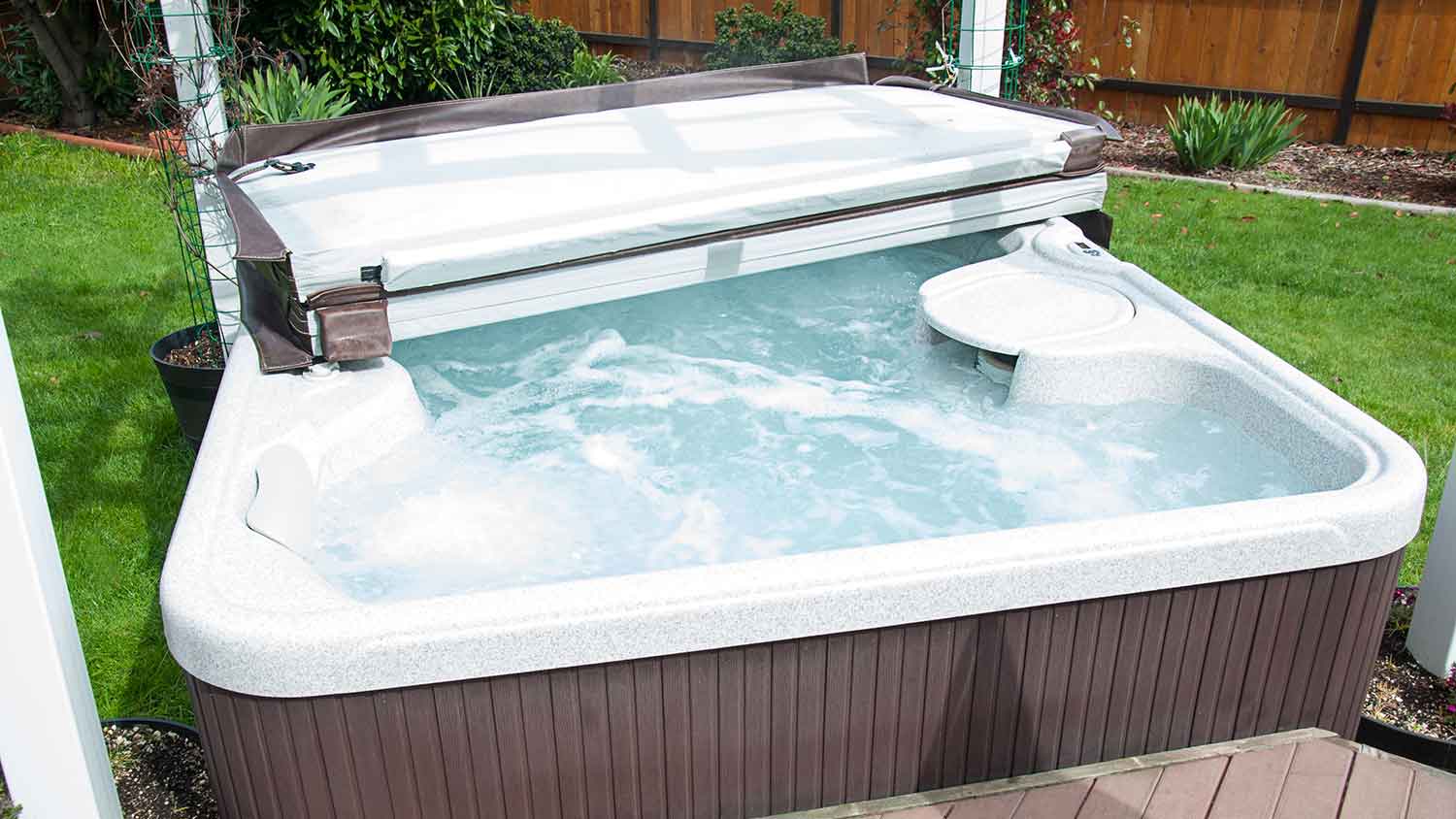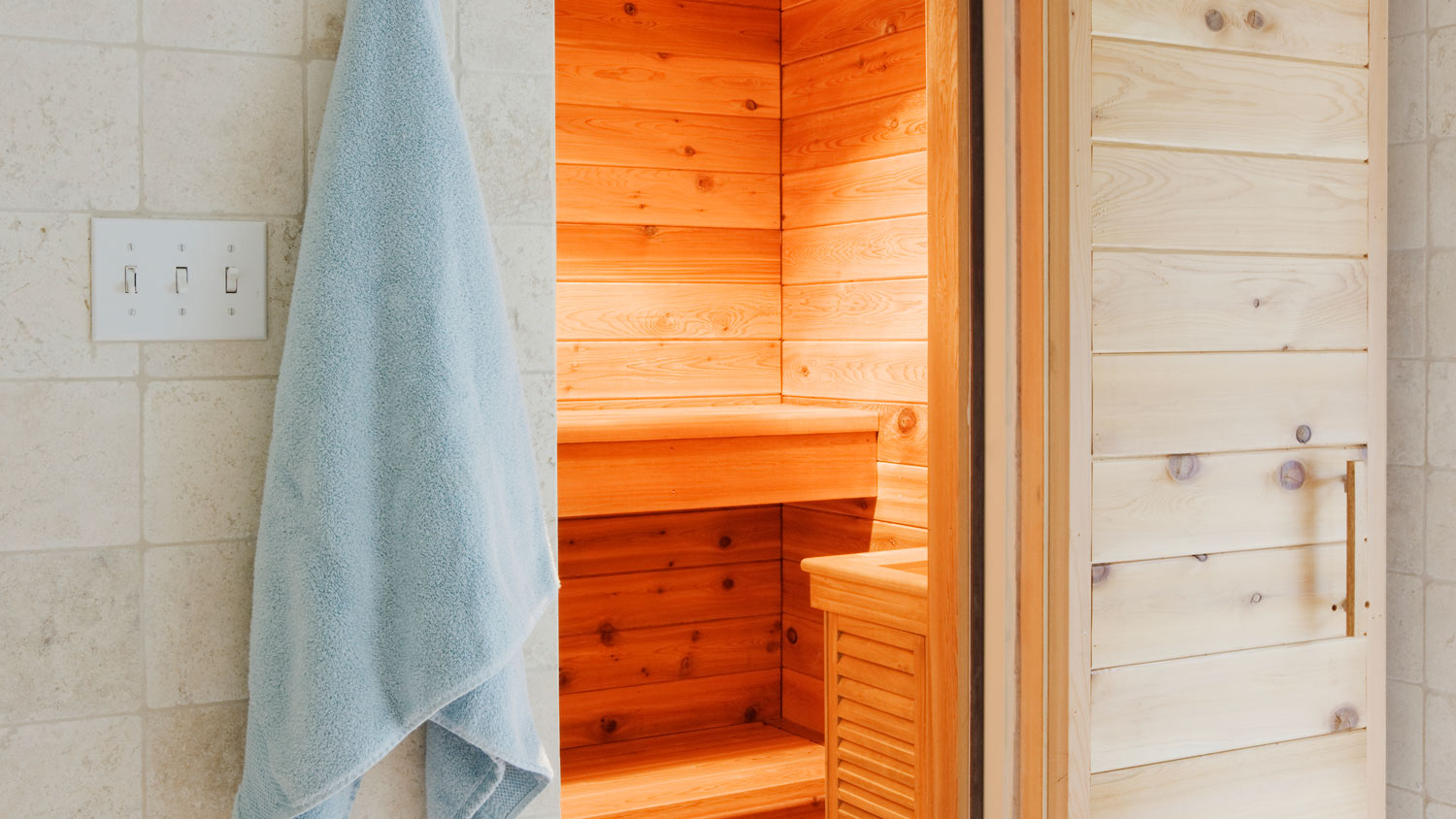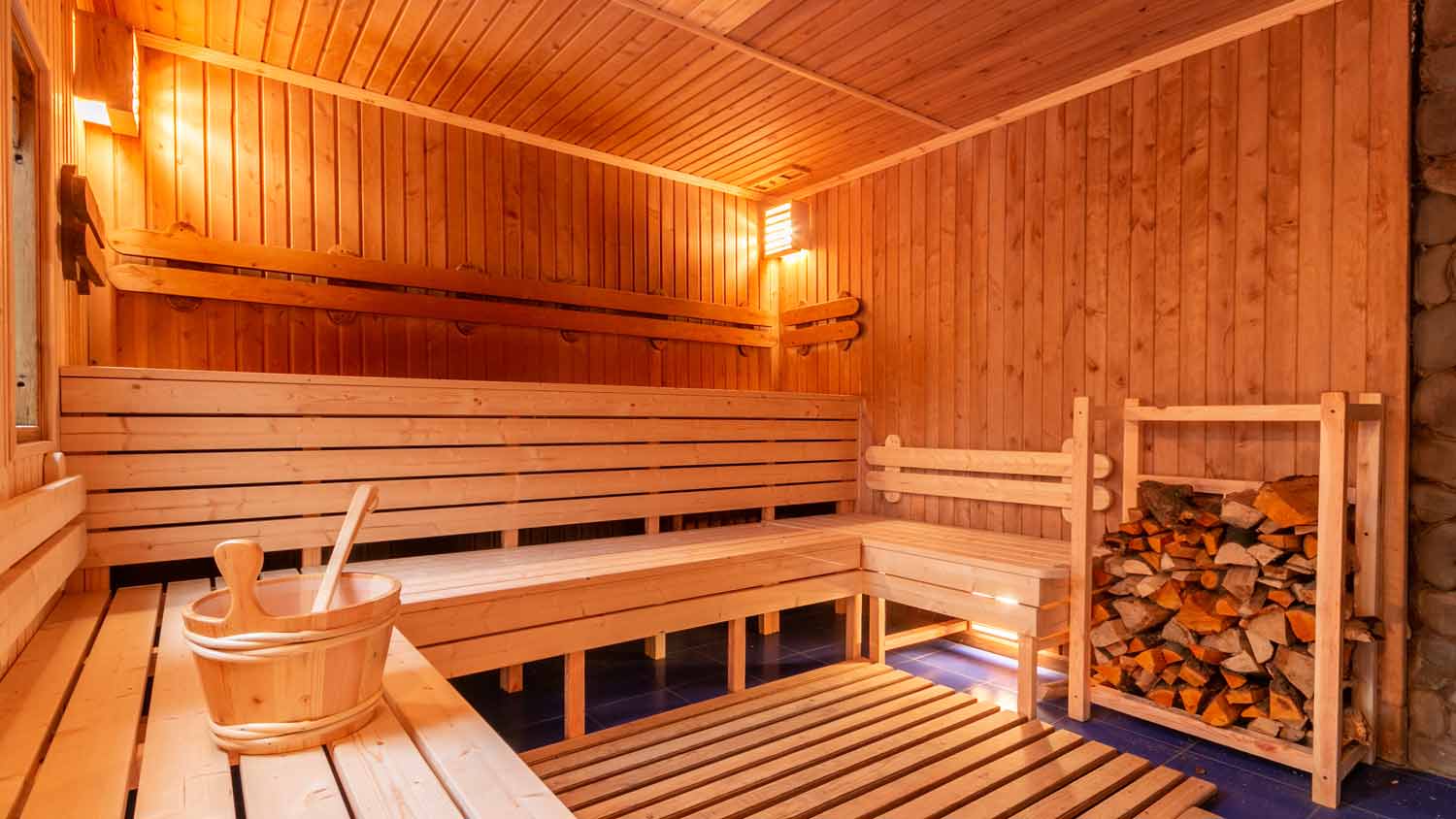
Wondering how much it costs to run a hot tub? Discover average monthly and yearly costs, key factors, and tips to keep your hot tub expenses in check.
Don’t waste money repairing a hot tub that is no longer useful


Some hot tub repairs are minor, but some cost thousands of dollars.
Hot tubs can quickly become energy inefficient, costing you money.
Older hot tubs may not have parts readily available.
Hot tub leaks could take months to become obvious.
A hot tub is a hefty investment, with the average hot tub costing around $6,000. A few minor problems, like hot tub jets not working, are not a big deal and do not warrant buying a new hot tub. But if the repairs are extensive or do not hold up, it might be time to replace the hot tub altogether. Here are some reasons why you may want to consider replacement.
Hot tubs are an investment, so it is natural to want to do everything you can to make it last; however, beyond the 10- to 15-year mark, there comes a point when they are not worth repairing any longer. You will likely spend more money repairing an old hot tub than you would replacing it and enjoying the latest features.
The average hot tub repair costs between $164 to $532, but if you have a problem such as a leaking hot tub or a broken hot water pump, you will pay an average of $1,200 to $1,500 or more for the repair. That is almost 25% of what a new hot tub would cost, and there is no guarantee that the problem would be fixed on your old hot tub.
Getting an estimated value of your hot tub's worth before repairing it is always a good idea. If you are fixing a leaking gasket or jet, you need not bother; but if you have major hot tub problems, like a blown circuit board, or if you need hot tub heater replacement, compare the cost of the repair to the tub’s value.
Only you know when it is worth repairing a hot tub versus replacing it, but your budget and intended use for the tub should play a role. If your tub is only worth a couple hundred dollars, it typically does not make sense to sink $1,000 or even $500 into it. Instead, you could save for a new hot tub that will not require extensive repairs any time soon.
New technology is highly energy efficient, which may make replacing a hot tub worthwhile if you use it often. If utility bills are always sky-high, your hot tub could be the culprit. If regular hot tub maintenance does not fix the problem, your hot tub may be past the point of no return.
This is especially true if you have an older hot tub. As it ages, the foam insulation becomes less effective. As it absorbs water, its energy efficiency depletes. Not only does this increase your utility bills, but it also makes all the hot tub parts work harder, which can mean more repairs and money.

If you spend more time fixing your hot tub rather than relaxing in it, replacement may be necessary. A hot tub is meant for relaxation and enjoyment. If you are unable to do that because you are constantly trying to figure out what is wrong or are always searching for “hot tub repair near me,” it may be worth considering a replacement.
When a hot tub reaches a certain age, it could get difficult for repair workers to find proper parts. They may have to use less-than-optimal parts that do not fix the problem for very long. This can also happen if the tub is too old and cannot withstand the repairs. Always ask if the parts are original from the manufacturer or if the repair worker is getting “creative” with the solutions, as that could help sway your decision.
A hot tub leak is never a good sign, and it is often more expensive to fix than the tub's value. A hot tub might leak for many reasons, including a bad pump or shell damage. If it is minor, you may be able to fix it using sealant. This is often a DIY repair.
If you cannot see the leak or it appears to be large, you will likely need to bring in a professional, which can cost $1,500 to $2,000, depending on the issue. Because foam insulation around hot tubs can absorb water quite well, you likely will not know about a leak until it is extensive. In addition, wet foam reduces your hot tub's energy efficiency, creating a very expensive problem that may require hot tub replacement.
From average costs to expert advice, get all the answers you need to get your job done.

Wondering how much it costs to run a hot tub? Discover average monthly and yearly costs, key factors, and tips to keep your hot tub expenses in check.

Wondering about hot tub cover costs? Learn what impacts pricing, compare materials, and discover ways to save on your next hot tub cover purchase.

Discover how much installing a steam room costs, including average prices, key cost factors, and tips to save on your steam room installation.

Winterizing your hot tub during colder periods helps prevent potential damage caused by freezing. Learn how to winterize a hot tub.

Discover sauna maintenance cost estimates, including average prices, key cost factors, and tips to help you budget for a clean, efficient sauna.

If your pool pump is losing prime, you’re likely facing unfiltered, dirty water. Learn why this is happening and what to do about it.